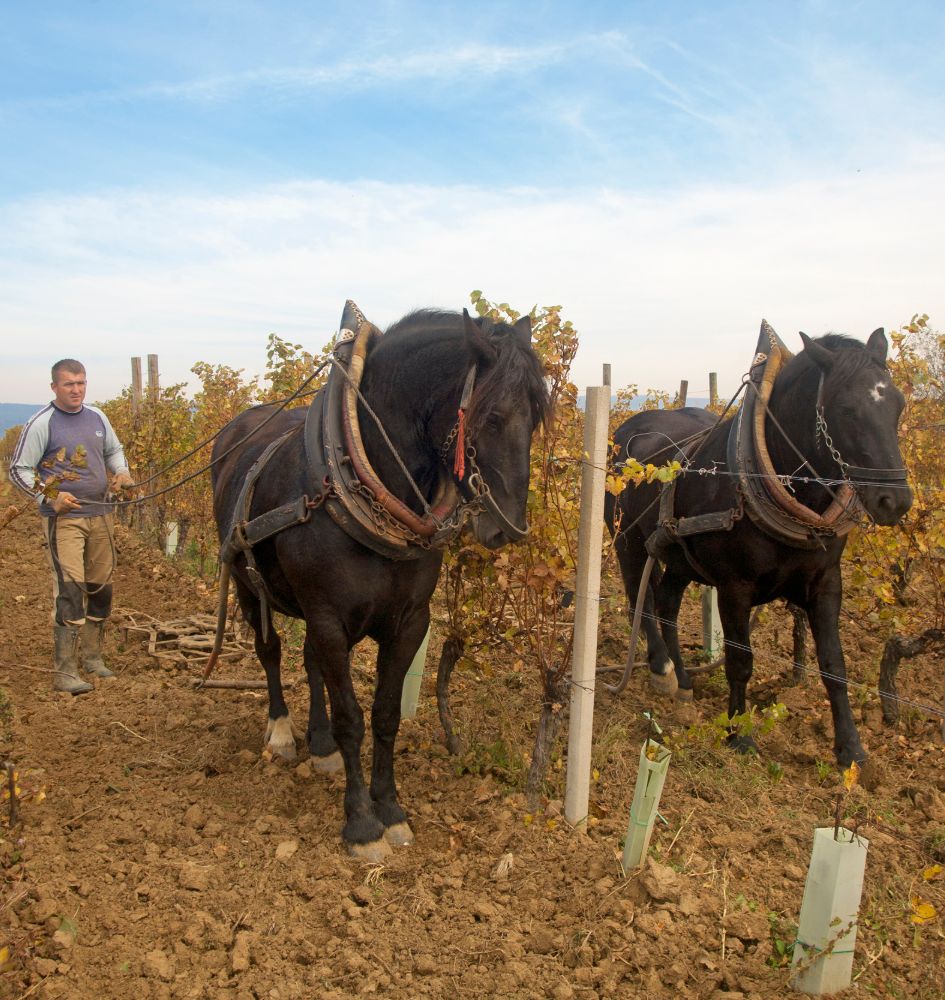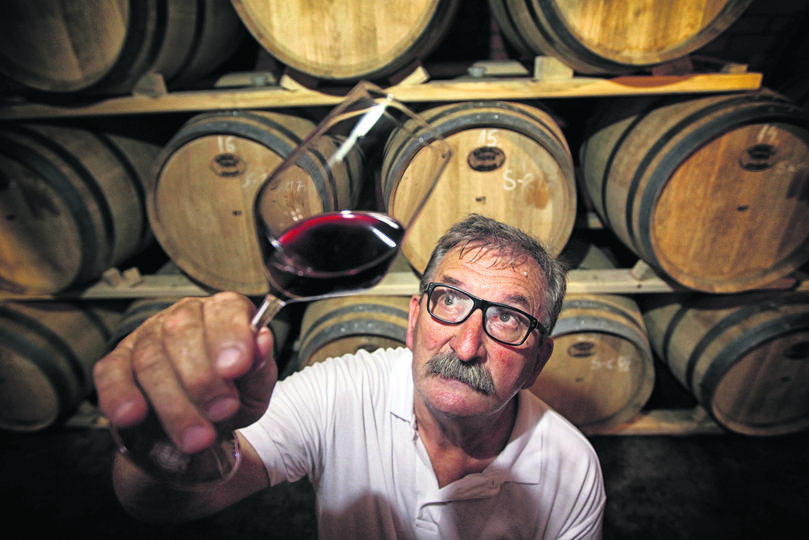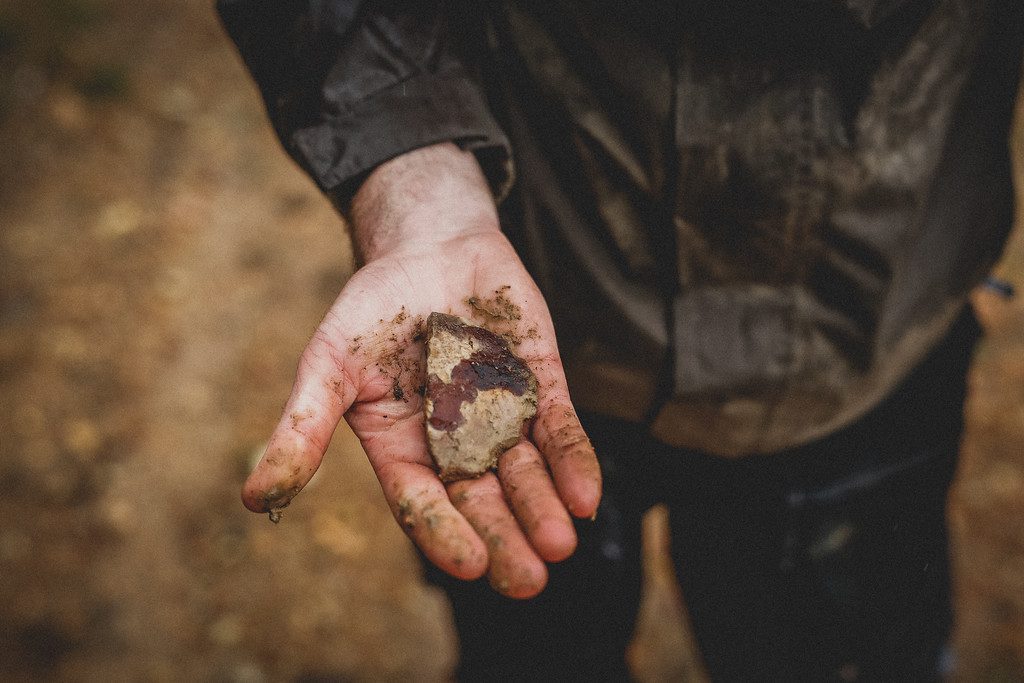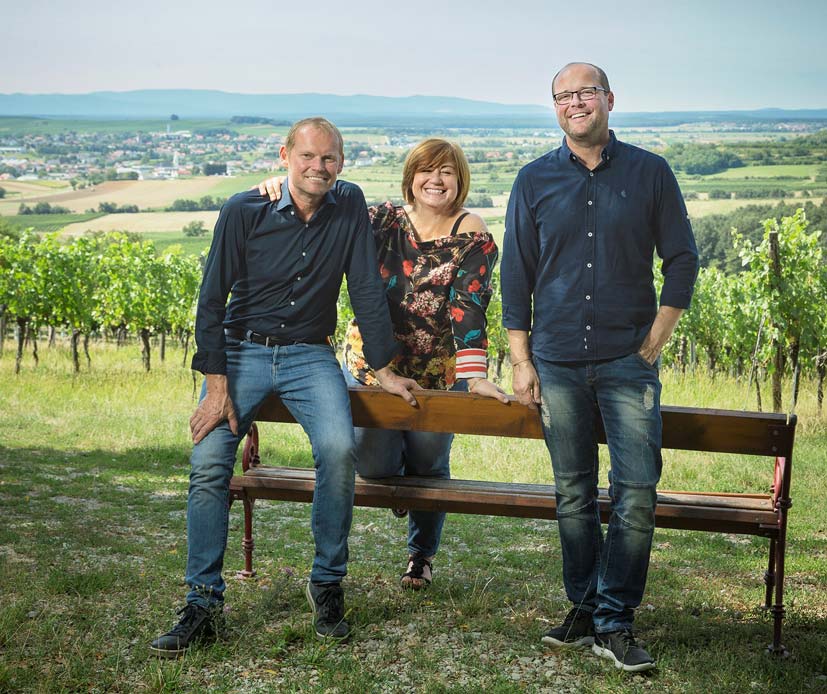Today’s consumers, who have changed, are now turning more towards lighter, leaner and, above all, fruitier wines. However, there are some wine regions where this style is almost impossible to achieve, or simple not worth the effort. Thus, preference is being given to regions where the natural conditions allow for better acidity retention (either because of a wet or cool climate), where the harvest date is later and the potential alcohol at harvest is lower. However, the issue should be approached with caution because it is not always possible to tell the climate of wine region from its wine...
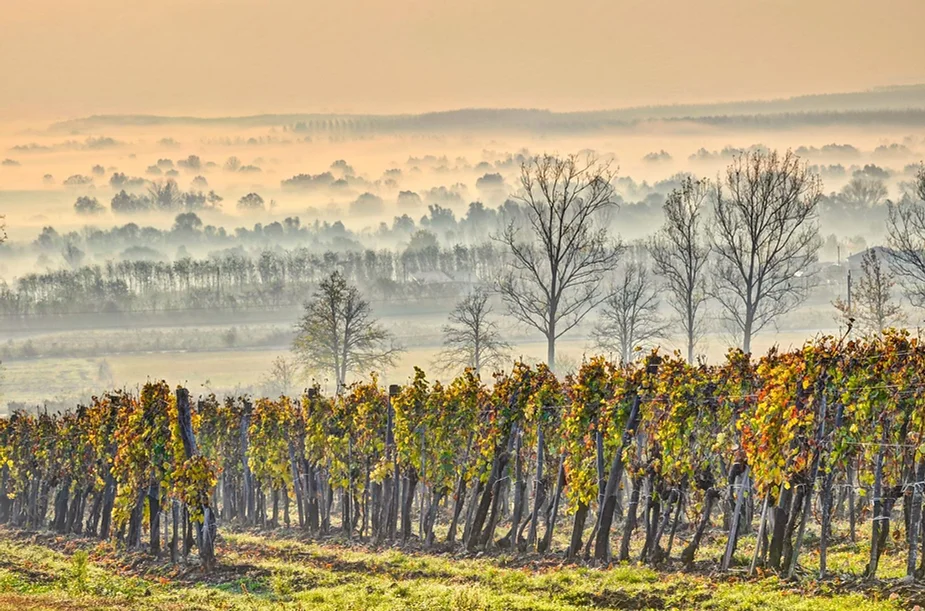
Unboxing the cool climate style
Have you ever tasted a fresh, crisp Catarratto wine from Sicily, from the side of Etna? Did you find it strange that it has cool acidity, elegance and moderate alcohol? The key is right there in the altitude, as well as the winemaking technology. Or there is Minis in Romania, which strictly speaking is located in a cool climate region by map, or Villány in Hungary. Yet, due to the microclimatic conditions in these places, the climate is much more sub-Mediterranean, so these regions produce fuller-bodied, riper wines with high alcohol levels, such as Tamás Lelovits’s Meglepetés Kékfrankos, or Géza Balla’s Kadarkas. However, a simple glance at a ‘climate zone’ map should show the opposite!
Which grape variety the winemaker chooses to plant for the given microclimate and even a particular vineyard is also an important decision. In a cool climate region, a warmer vineyard may produce a completely ripe Cabernet Sauvignon, while another vineyard may produce a thin, greenish wine.
However, what is certain is that if you can find yourselves some real cool climate regions, and I’m recommending some from Central and Eastern Europe, then you can indulge in tightly structured, fresh, fruity white and red wines, to everyone’s delight!
Discovering the regions
If you listen to me, you’ll start with Austria. It’s old hat in professional circles that the Austrian Danube Valley, for example, provides the perfect conditions, especially for Riesling and Grüner Veltliner. The Wachau is worth visiting for the scenery, but if you’re looking for a hidden gem, head to the wineries in Kremstal or Kamptal, such as Martin&Anna Andorfer. Staying in Austria and approaching the Hungarian border, Burgenland is the next region you should know for its great cool climate Blaufränkisch wines. When young, these wines are characterised by their firm structure and dense tannins, complemented by unparalleled fresh acidity, which then settles down nicely after 5-8 years, enabling the wines to age for a further 10-20 years. The Wellanschitz winery, the Pfneiszl sisters’ winery just across the border in Hungary, Etyeki Kúria’s Sopron wines (incidentally, Sopron was once the capital of Burgenland under the name of Ödenburg) or the Kolfok winery, known for its natural wines, are all good examples of these.
In Hungary, other wines from the previously mentioned Etyeki Kúria (from the Budapest area) are also a good example of a cool climate, and it is no coincidence that one of the main products of the Etyek region is traditional method sparkling wine. Moving on to the north-eastern part of the country, the cool climate wine regions are the Mátra, where the Nagygombos winery is located, Eger, where cool and elegant Bikavér wines are made by Ádám Nyolcas or Gergő Böjt, the Bükk wine region and finally Tokaj, where in addition to the great, sweet Aszú wines, stunningly taut dry wines are made, mainly from the wine region’s key variety, Furmint. (Good examples of these are made by the Barta winery in Mád, but it’s also worth trying the wines of Patricius Birtok, Serpens or Harsányi in Sárospatak, Carpinus and the French-owned Pajzos Tokaj. and organic Tokaj-Hétszőlő)
The region is producing some exciting cool climate wines in the Czech Republic, the Rizlink Vlasskys from the Dunajovske Köpce region are especially interesting in my opinion, and in Slovakia, the Malokarpatska wine region and the Three Rivers Valley region next to the Danube, directly on the Hungarian border, are worth your consideration. In Romania, at least half the country’s wine regions are cool climate, mainly in Transylvania, but also to a large extent in Moldavia (the Cotnari region). In Slovenia, there is Mediterranean influence in the Karst, but in the former Styrian areas (e.g. Jeruzalem-Ormoz), you can find wines with a taut, cool character, as well as in the logical continuation of these areas in the neighbouring Croatian region of Medimurje. Speaking of Croatia, in its continental regions, Kutjevo and its surroundings is a prominent wine-producing area, where the country’s perhaps best-known winemaker Vlado Krauthaker crafts his elegant and age-worthy wines, mainly from Grasevina, although it is also worth mentioning the area near the Danube, especially the town of Ilok and its nearby vineyards.



